Income properties need a larger deposit of 20-35% and lenders limit borrowing determined by projected rental income. Mortgage portability permits transferring a preexisting mortgage to a new eligible property. Mortgage brokers can access wholesale lender rates and negotiate lower fees to secure reductions in price for borrowers. Bridge Mortgages provide short-term financing for real estate property investors until longer arrangements get made. Mortgage pre-approvals typically expire within 90 days if the purchase closing will not occur for the reason that timeframe. More rapid repayment through weekly, biweekly or one time payments reduces amortization periods and interest paid. Mortgages to rent properties or cottages generally have to have a minimum 20% downpayment. Mortgage qualification rules were tightened during 2016-2018 to cool down the housing markets and make certain responsible lending.
Over living of a home loan, the cost of interest usually exceeds the first purchase price with the property. Isolated or rural properties often require larger down payments and have higher increasing. Shorter term and variable rate mortgages often allow greater prepayment flexibility in comparison with fixed terms. The maximum amortization period for brand new insured mortgages has declined over the years from forty years to 25 years currently. Longer amortizations reduce monthly payments but greatly increase total interest costs on the life of the mortgage. Bridge Mortgages provide short-term financing for real-estate investors while longer arrangements get arranged. Income, credit, advance payment and property value are key criteria assessed when approving mortgages. Second mortgages routinely have higher rates of interest and are subordinate for the primary mortgage claim in event of default. Prepayment charges on set rate mortgages apply regardless if selling your house. Lower ratio mortgages generally allow greater flexibility on amortization periods, prepayment options and open terms.
Mortgage defaults remain relatively lower in Canada as a result of responsible lending standards and government guarantees. Mortgage brokers below the knob on restrictive qualification requirements than banks so may assist borrowers declined elsewhere. Mortgages with more than 80% loan-to-value require insurance from CMHC or perhaps a private mortgage lenders company. Shorter term mortgages often allow greater prepayment flexibility but tight on rate and payment certainty. Prepayment charges compensate the lender for lost interest revenue every time a closed mortgage is paid off early. Mortgage Term Selection Factors consider type timing goals weighing comparative merits between fixed open variable products determining rate stability flexibility. The debt service ratio compares monthly housing costs and debts against gross household income. Careful financial planning improves mortgage qualification chances and reduces total interest costs.
Mortgage default insurance protects lenders if your borrower defaults on the high-ratio mortgage with less than 20% equity. Fixed Rate Closed Mortgage Retention forfeits flexible prepayment privileges favoring stable carrying costs without penalty considerations should income streams remain constant. High-ratio mortgages allow first payment as low as 5% but have stricter qualification rules. Fixed term mortgages allow rate locks insuring stability but reduce flexibility vs variable/adjustable mortgages. Having successor or joint mortgage holder contingency plans memorialized legally in a choice of wills or formal beneficiary designations ensures smooth continuity facilitating steady payments reducing risks for almost any surviving owners if managing alone. Mortgage rates in Canada steadily declined from 1990 to 2021, while using 5-year fixed rate falling from 13% to below 2% over that period. Many lenders allow doubling up payments or increasing payment amounts annually to repay mortgages faster.
